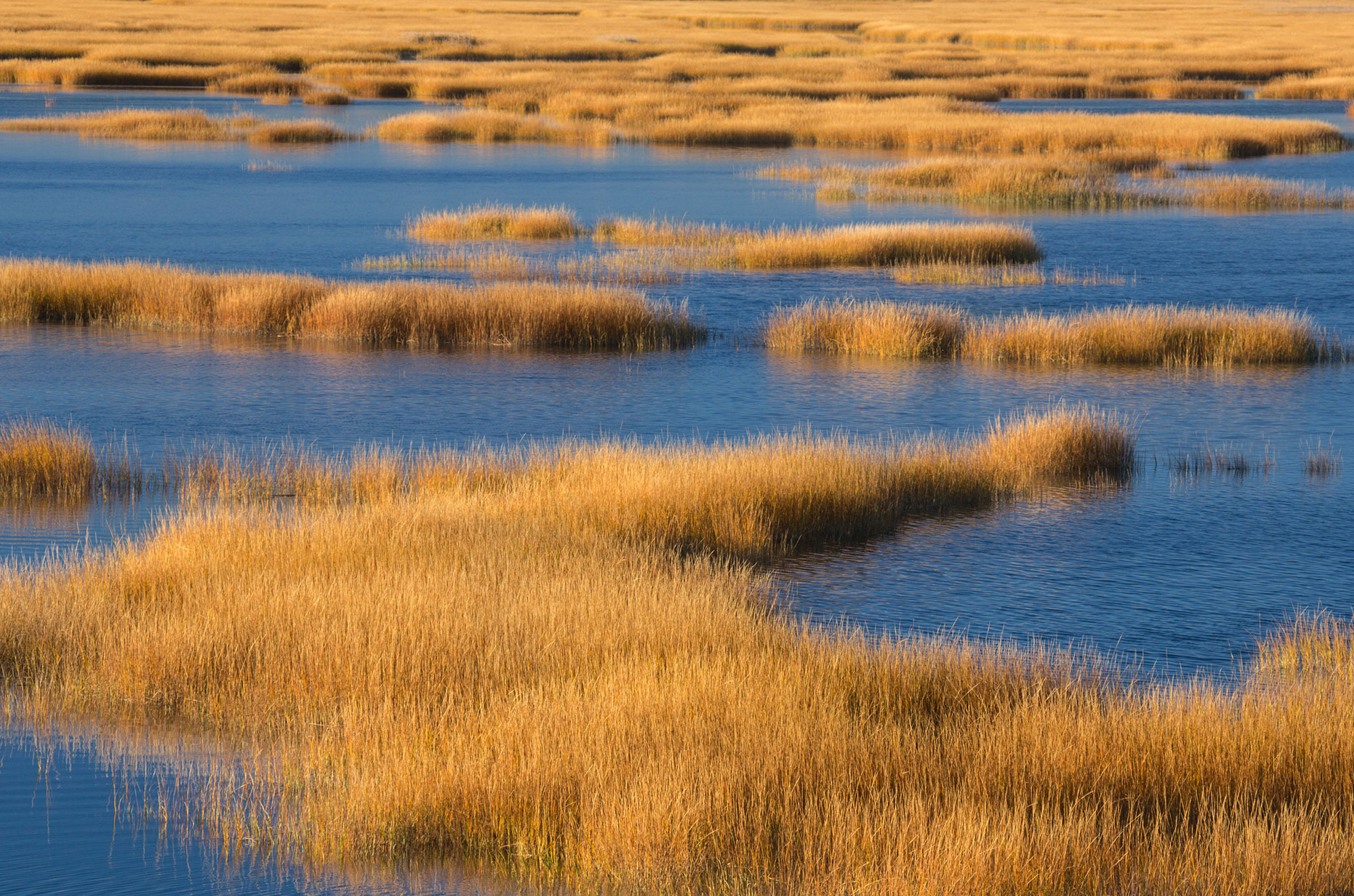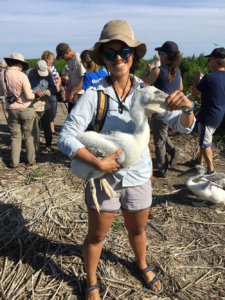Last summer, for the third year, the U.S. Fish and Wildlife Service, in partnership with the Student Conservation Association (SCA), offered 59 fellowship opportunities nationwide, to students enrolled or accepted in undergraduate or graduate degree programs, for its Directorate Resource Assistant Fellows Program (DFP). The DFP is an 11-week summer fellowship designed to provide students an opportunity to work on projects that focus on conservation, wildlife biology and related fields of study. Applicants apply for specific positions to complete high-priority conservation projects which are pre-selected by the USFWS. For the third year in a row, ACJV staff took advantage of the DFP program to help us with our work. This year we had two DFPs, in different offices, focused on projects in the North and South Atlantic portions of the ACJV.
In the Northeast Region, Mitch Hartley supervised Jill Fleming, an M.S. student in Wildlife Conservation at the University of Massachusetts. Jill explored and summarized several new GIS data layers recently released by the North Atlantic LCC and The Nature Conservancy, which included regional maps of tidal marsh vegetation (e.g., high marsh, low marsh, Phragmites, etc.), marsh migration space, tidally-restricted areas, and Saltmarsh Sparrow habitat. Her final report provided a state-by-state (and regional) summary of the largest areas of “marsh migration space” and the largest areas affected by tidal restrictions. These are excellent starting points for partners looking to respectively protect or restore areas for Saltmarsh Sparrow and other tidal marsh species. Jill also noted how much of the tidally-restricted area was made up of open habitat or agricultural fields, which would be the most likely and/or fastest places to convert back into tidal marsh, if tidal flow is restored. Jill’s work will be reviewed and considered by the ACJV’s new Saltmarsh Sparrow working group, which is developing priority area maps and decision support tools to help guide partner efforts on the ground.
Martha Zapata, an M.Sc. student from Ohio State University, worked with Tim Jones and John Stanton on a literature review of bio-energetic data needed to inform a model developed as part of the Integrated Waterbird Management and Monitoring (IWMM) program. This model simulates non-breeding season movement of waterbirds and is designed to inform decisions on land acquisition and restoration based on where food resources are distributed across the landscape to support migratory waterbirds. The model was developed using data for waterfowl and this project was designed to expand the use of the model to shorebirds and long-legged waders. Martha was stationed at the USFWS North Carolina Migratory Bird Field Office in Columbia, NC.
Martha completed a literature review to find values related to migration physiology, stopover ecology, and energetic landscapes for 42 shorebird and 17 long-legged wader species from 270 published sources. She also contacted experts to determine any data gaps that remain. The results of this work will be incorporated into future IWMM model analyses to explore where we should prioritize conservation actions for these guilds.
During Martha’s internship, she was able to participate in several projects unrelated to her bio-energetics work. She helped band pelican chicks at Pea Island NWR, assisted with King Rail monitoring at Mackay Island NWR and worked with a university team conducting a project to better understand water management at Mattamuskeet NWR. Martha is now back at OSU finishing her Master’s thesis on food-webs in mangrove systems in South Florida. Check out all of Martha’s adventures through her awesome storymap!


